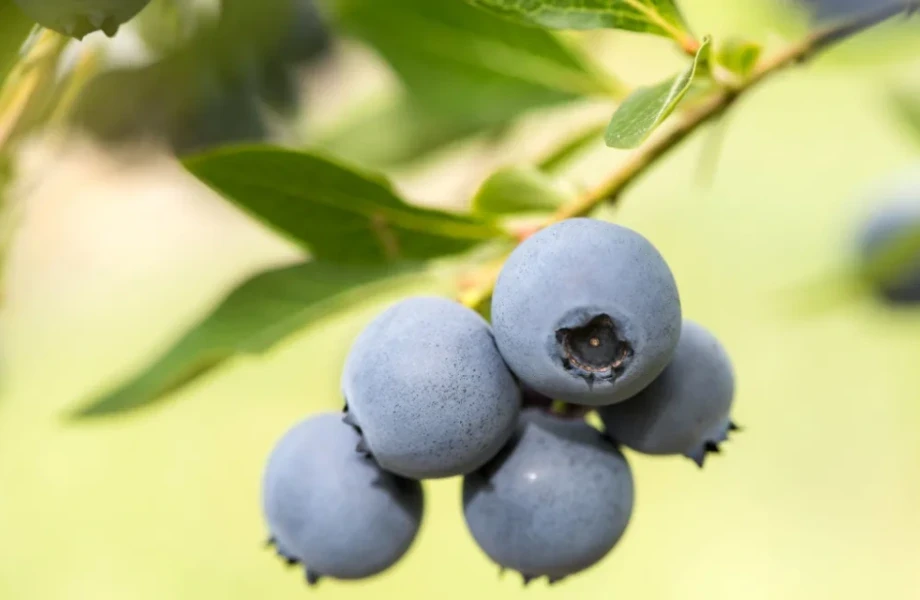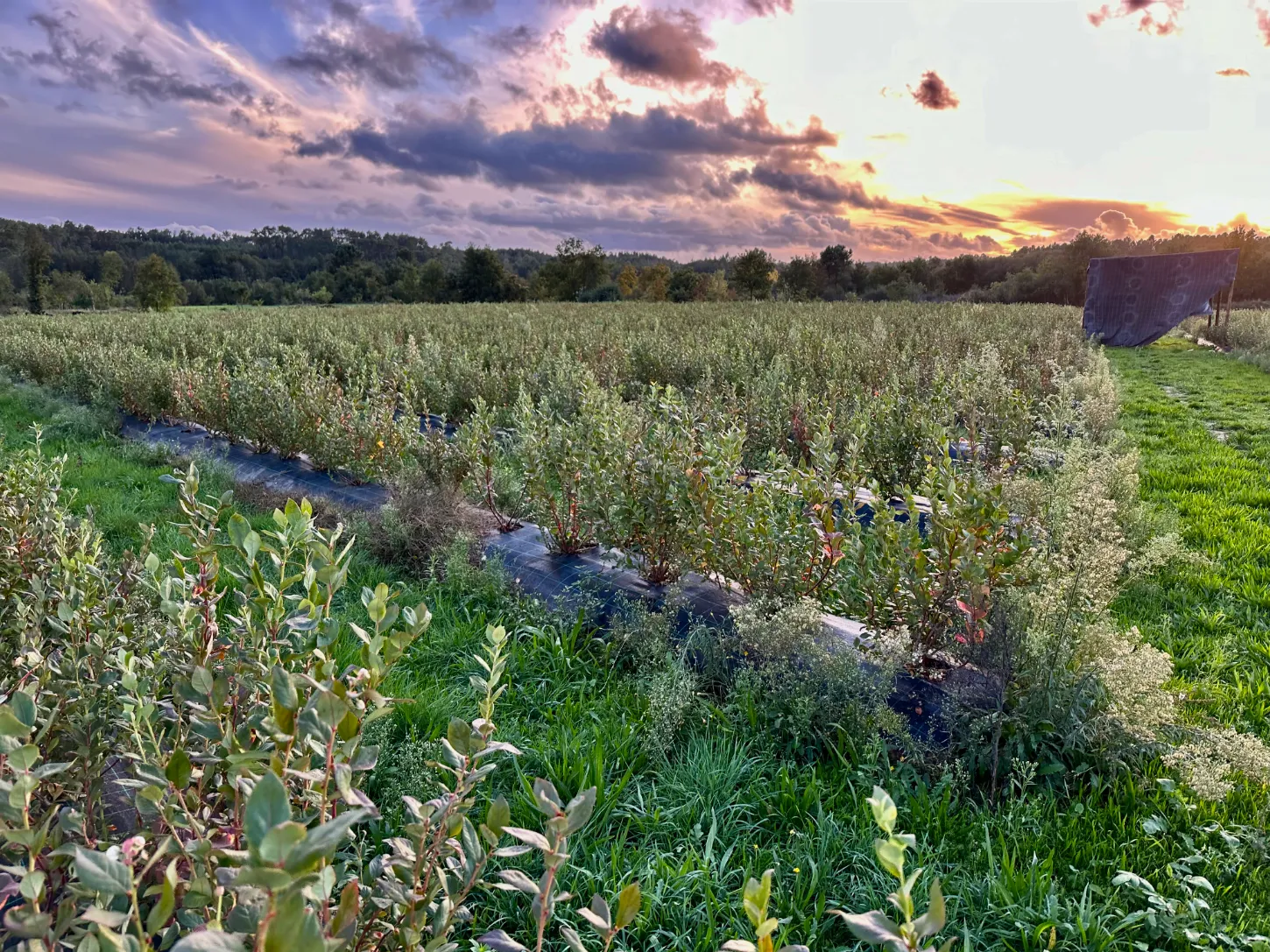The blueberry sector in New Zealand is experiencing strong growth, with an increasing number of growers looking optimistically to the future. According to Blueberries New Zealand, confidence in cultivating this fruit is driving the market towards further expansion in the coming years.
Currently, there are about 100 blueberry growers in the country, mainly concentrated in the Waikato and Hawke’s Bay regions, with some production also in Northland, Wellington, and Nelson.
Growing production and new opportunities
In 2023/2024, New Zealand produced approximately 4,000 tonnes of blueberries across a total of 1,000 hectares. While the final figures for the current season are not yet available, blueberry cultivation now takes place year-round. About three-quarters of the production is destined for local consumption, while 1,000 tonnes are exported to Australia.
After the late frost in October 2022, which devastated over 90% of the Waikato crop, growers have experienced two positive seasons. Blueberries New Zealand chairman Kelvin Bezuidenhout highlighted that the winter and spring of 2024 were warm and dry, leading to an early harvest with stable volumes and prices for the local market.
Exports and future prospects
Exports to Australia have remained strong, supporting the entire sector and encouraging new plantings. According to Bezuidenhout, New Zealand has an ideal market window when the Australian season ends, allowing producers to ship late-season Rabbit Eyes varieties at historically average prices.
Beyond Australia, new opportunities are emerging with access to the South Korean market starting next season. “The opening of Korea is the result of hard work by the Ministry for Primary Industries (MPI) and will allow us to increase export volumes,” Bezuidenhout explained. This growing interest is attracting new investors to the sector, given the strong returns on cultivation.
New varieties for a promising future
Some growers are trialing new New Zealand-bred blueberry varieties that feature larger fruit, high yields, and ease of harvesting. Additionally, new genetic material from the United States has been introduced, further expanding the sector’s potential.
Source text and image: Farmersweekly.co.nz









